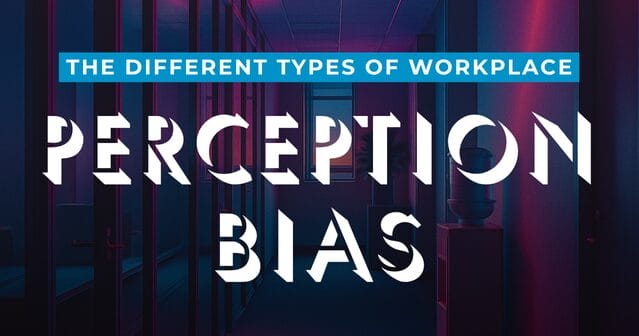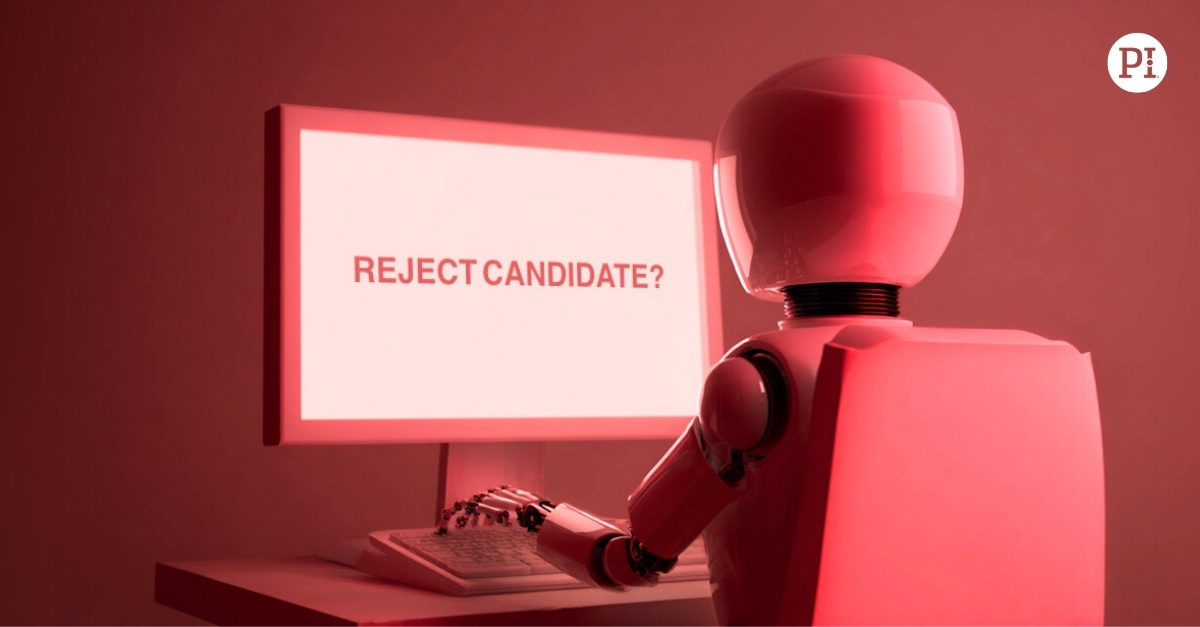Every organization has them: The top performer who seemingly emerges from nowhere. The highly touted recruit who interviewed well, but stumbles surprisingly during onboarding. Or the rising-star manager whose adjustments in a new role get rocky.
The perception gap manifests in many ways. People aren’t always who they seem, especially in the workplace, where behavioral drives can show up subtly.
How HR can help
HR can help mitigate perception bias at their organization through the use of behavioral data. An individual’s behavioral pattern illuminates their strengths, their strongest drives, and their communication preferences, making you less reliant on preconceived notions of who they are or how they work.
Tools like PI’s Behavioral Assessment, targeted interview questions, and Development Guide assist in guarding against bias, and can enhance the entire employee experience.
Let’s walk through a handful of common forms of workplace perception bias.

The halo effect
What is it? When you form a positive overall impression of someone based on a single positive trait.
Example: A manager might assume an employee who is well-liked is also a high performer, overlooking potential shortcomings in their actual work.
The horns effect
What is it? When you form a negative overall impression of someone based on a single negative trait.
Example: An employee who is sometimes late to meetings might be perceived as lazy and unreliable in all aspects of their job.
Affinity bias (aka similarity-attraction bias)
What is it? Favoring individuals who share similar characteristics, interests, or backgrounds as oneself.
Example: A manager might build a stronger rapport with and offer more opportunities to an employee who went to the same university or shares the same hobbies.
Confirmation bias
What is it? Seeking out and interpreting information that confirms pre-existing beliefs while ignoring contradictory evidence.
Example: A manager who believes a certain team is underperforming might only notice and remember instances that support this belief, while overlooking their successes.
Attribution bias
What is it? How we explain the causes of behavior, often attributing others’ successes to external factors (luck) and failures to internal factors (lack of ability), while doing the opposite for ourselves.
Example: If a colleague misses a deadline, it might be attributed to their lack of organization, while if you miss a deadline, it might be blamed on an unmanageable workload.
Anchoring bias
What is it? When we become overly reliant on the first piece of information received (the “anchor”) when making decisions.
Example: In a salary negotiation, the initial salary offered can heavily influence the final agreed-upon amount, even if that initial offer was not based on objective market value.
Conformity bias (Groupthink)
What is it? Changing one’s own opinion to align with the majority view, even if one privately disagrees.
Example: During a team meeting, an employee might agree with a popular idea despite having reservations, to avoid going against the group.
Name bias
What is it? Having a preference for or against individuals based on their name, often linked to ethnic or gender stereotypes.
Example: Studies have shown that resumes with “white-sounding” names may receive more interview requests than those with names perceived as belonging to minority groups, even with identical qualifications.








